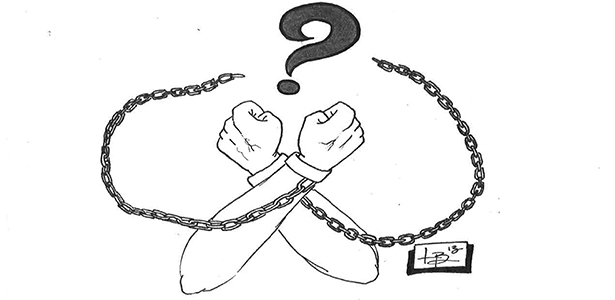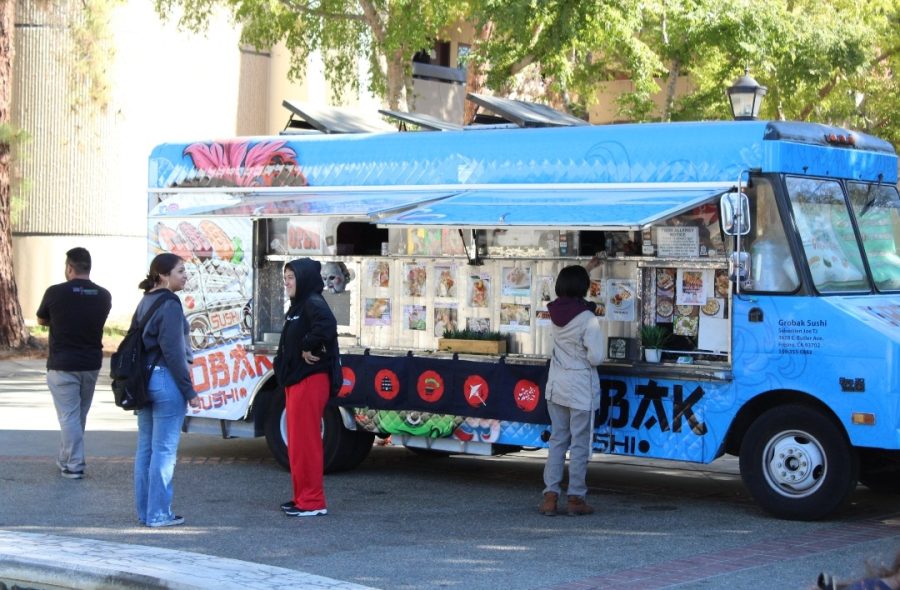Capital punishment should be banned in California because it is a flawed, ineffective system which costs taxpayers more money in the end than life in prison without parole would.
According to the Death Penalty Information Center, capital punishment has cost California more than $4 billion since 1978.
The cost for capital punishment is so high, not because the actual execution is more expensive than life without parole, but because the process which the convicts go through is very long.
According to the Death Penalty Information Center, the fees involved are $1.94 billion in pretrial and trial costs, $925 million in automatic appeals and state habeas corpus petitions, $775 million in federal habeas corpus appeals, and $1 billion in costs of incarceration.
The reason capital cases take so long and involve so much is because the consequence of the decision is life or death. There are crimes committed that certainly justify the execution of the guilty, but with life and death in the balance it is 100 percent imperative that we make sure it is the guilty that we are executing.
For this reason, we have a process that checks and rechecks the verdict. Because of this process, according to the Death Penalty Information Center a total of 69 people have been released from death row since 1973 after evidence of their innocence emerged. In addition to that, some believe there have been people already executed for crimes they did not commit.
Sure, the number of innocent people found on death row may be small compared with the number of guilty, but we must ask, “Is it right that one innocent person be put to death for the death of another innocent person?” Certainly not. If we were to shorten the process and allow the innocent to be executed, we would be defeating the purpose of capital punishment to begin with.
Not only is life and death in the balance for these inmates, but the majority of them are also very young and undereducated.
Among all inmates sentenced to death, half of them were age 20 to 29 at the time of arrest; 11 percent were at age 19 or younger; and fewer than 1 percent were age 55 or older. Also, the median education level of death row inmates is twelfth grade.
A study by neuroscientist Sarah-Jayne Blakemore, at the Institute of Cognitive Neuroscience at University College London, shows that the human brain may not develop until a person has reached an age between 30 and 40. Capital punishment takes the lives of those whose minds are not fully matured, and whose education has often not progressed past their high school years, if that.
If we were to argue in favor of capital punishment from a vengeance standpoint (“you took their life, we’ll take yours”), would the vengeance really be effective if you are executing kids in their 20s who do not fully understand the ramifications of the crimes they’ve committed? I think not.
The Death Penalty Information Center calculated that if California commuted the sentences of those remaining on death row to life without parole, it would result in an immediate savings of $170 million per year, with a savings of $5 billion over the next 20 years.
According to The Bureau of Justice, of the 7,958 people sentenced to death row from 1977 to 2011, only 1,277 have actually been executed, which is only 16 percent. That means 84 percent of the time capital punishment is ineffective.
Here’s the real question: should we be paying billions of dollars for a program that has such a low success rate, or should we lock these criminals up for life and invest that money into programs that can actually improve our communities? The answer is simple, just lock them up.
If we lock them up we can use the money used to execute them on improving schools. Or we can invest it into finding out how these men and women became that way, and possibly try to prevent more cases like theirs.
The point is, money is a resource, and we shouldn’t waste it by investing it in putting someone to death. We should invest it in creating better lives.
Since capital punishment is so expensive, and its success rate is so minimal, it should be banned in California.
Click here to read the PRO debate.




